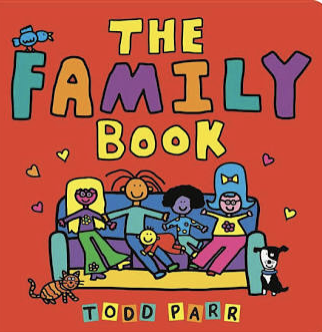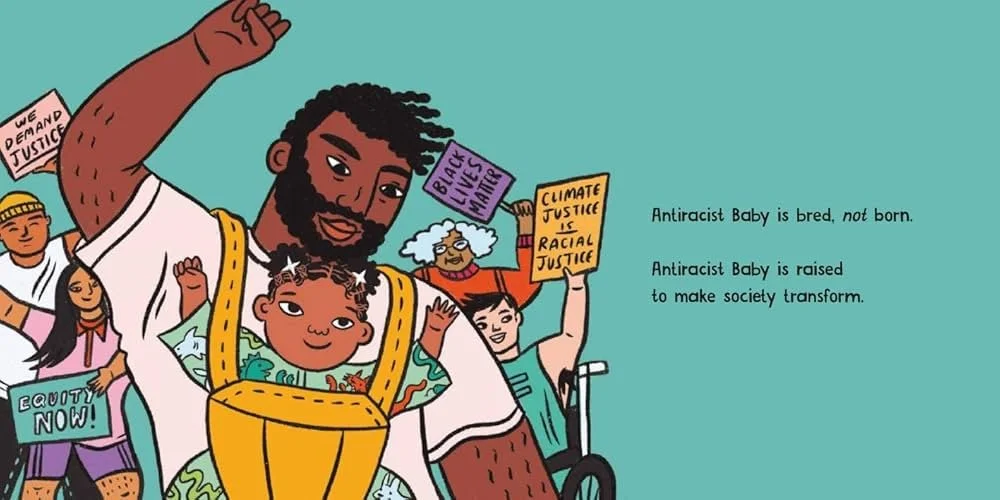Anti-Bias & Inclusion
Every child deserves to feel seen, valued, and safe. At Ark Valley Preschool, we create a community where differences are celebrated and all families belong. Our anti-bias approach isn’t a one-time lesson—it’s a daily practice woven into play, language, environment, and relationships.
What This Looks Like in Our Classrooms
Books & Materials: Shelves and play spaces include dolls, puppets, and stories that reflect many races, abilities, family structures, and cultures.
Open Conversations: When children ask about identity, differences, or fairness, teachers honor each child’s perspective and respond with kindness—even when viewpoints differ.
Classroom Environment: Visuals, provocations, and documentation highlight diversity so inclusion feels natural and joyful.
Staff Training: All AVP teachers complete LGBTQ+ Cultural Fluency Training through PfCA (Pride for Community Advocacy) and engage in ongoing professional development.
How Families Are Included
Families share traditions, languages, and celebrations that enrich our community.
We partner with parents to honor cultural and personal values in daily routines.
Feedback and dialogue are welcomed—because inclusion grows stronger when it’s built together.
Why It Matters
Bias can begin forming at a very young age. By practicing equity, empathy, and fairness early, children
learn to:
Stand up for themselves and others.
Approach differences with curiosity.
Build friendships across identities.
See diversity as a strength.
Our Commitment
Inclusion is not an add-on at AVP — it is the heart of who we are. We will continue to examine our practices, refresh our materials, and challenge ourselves as educators so that every child and family knows: you belong here.
Examples of Inclusive Materials Used in Our Classrooms
Representation matters. One of our dolls has Down syndrome, helping children see differences reflected in play and understand that every body and mind has value.
Puppets invite every child to see their voice and story reflected in the classroom. They help us model empathy, communication, and friendship — showing that every ‘he,’ ‘she,’ and ‘they’ belongs here.
These tokens introduce children to cultures around the world, sparking curiosity and conversation.
Crayons, paints, and papers in many skin tones allow children to create self-portraits that reflect their identities.
A wide range of races, skin tones, and abilities helps children recognize and celebrate human variety.
Toys that include wheelchairs and varied abilities normalize inclusion in daily play.
Stories like I Am Enough affirm identity, nurture belonging, and open conversations about kindness and fairness.
Play materials for feeding, dressing, and caring show many family structures and encourage nurturing roles.
Joyful illustrations remind children that every family is special.
Families come in all shapes and sizes. This book helps children see that love — not structure — is what makes a family
I Can, Can You? highlights all kinds of strengths, helping children see differences as something to honor.
Titles like Antiracist Baby give even the youngest learners tools to notice unfairness and imagine change.
Our Standards for Inclusion
At Ark Valley Preschool, we follow Colorado’s Early Learning and Development Guidelines and state regulations to ensure every child feels seen, supported, and celebrated. Here’s what that means in practice:
Learning for Every Child
Activities are designed to meet children where they are across cognitive, social, emotional, physical, and language development.Inclusive Classrooms
Children with special needs or an Individualized Education Program (IEP) learn alongside peers in the least restrictive environment, with adaptations that help them thrive.Quality & Care
Small class sizes, low ratios, and strong teacher training ensure every child gets the attention they deserve.Diversity in Practice
Books, materials, and classroom routines reflect the many cultures, languages, abilities, and family structures in our community.Family Partnerships
We welcome family traditions and feedback, working together to honor each child’s unique needs.Commitment to Growth
Our practices are reviewed regularly, and teachers engage in professional development to stay aligned with evolving early childhood standards.














